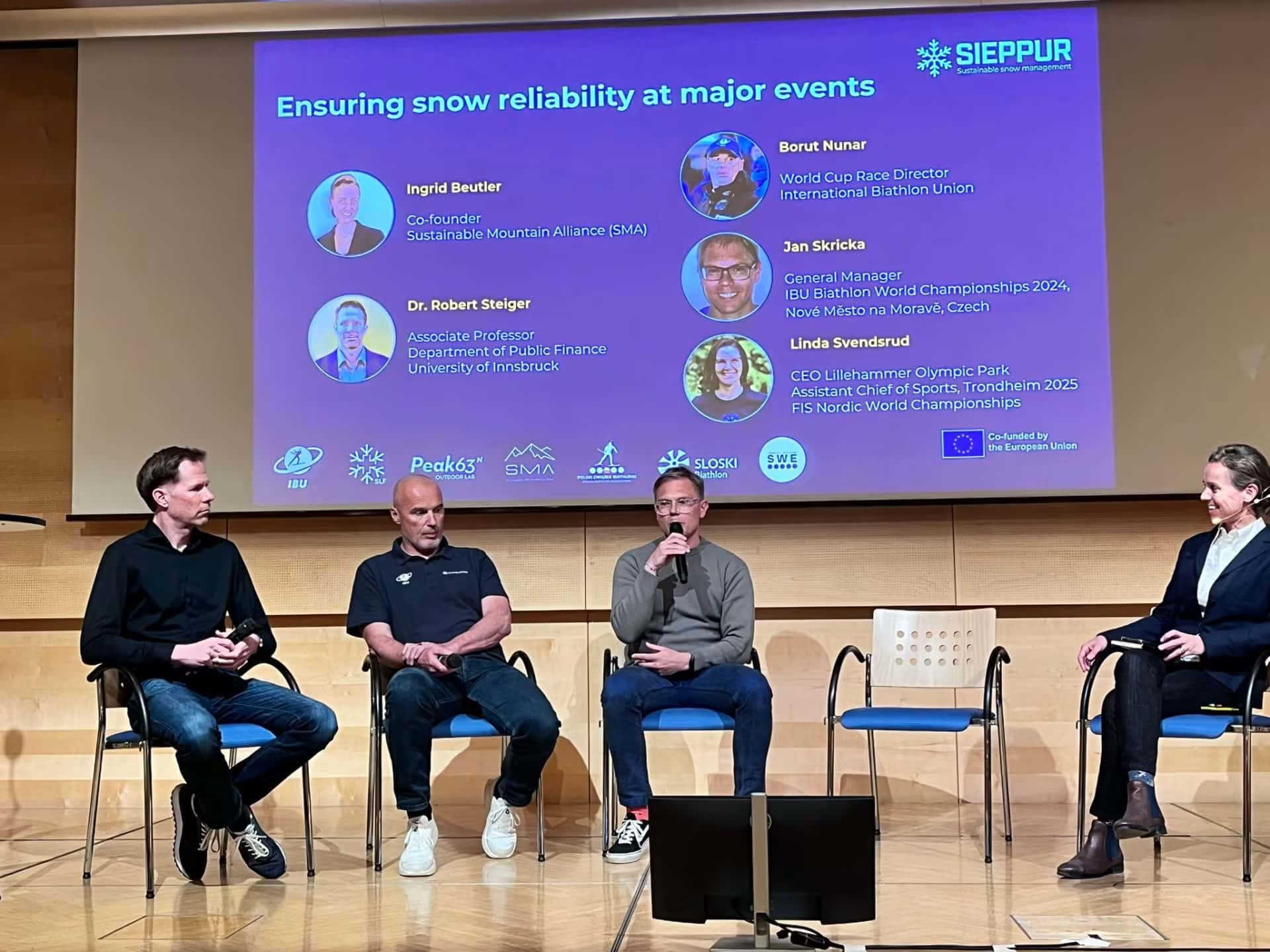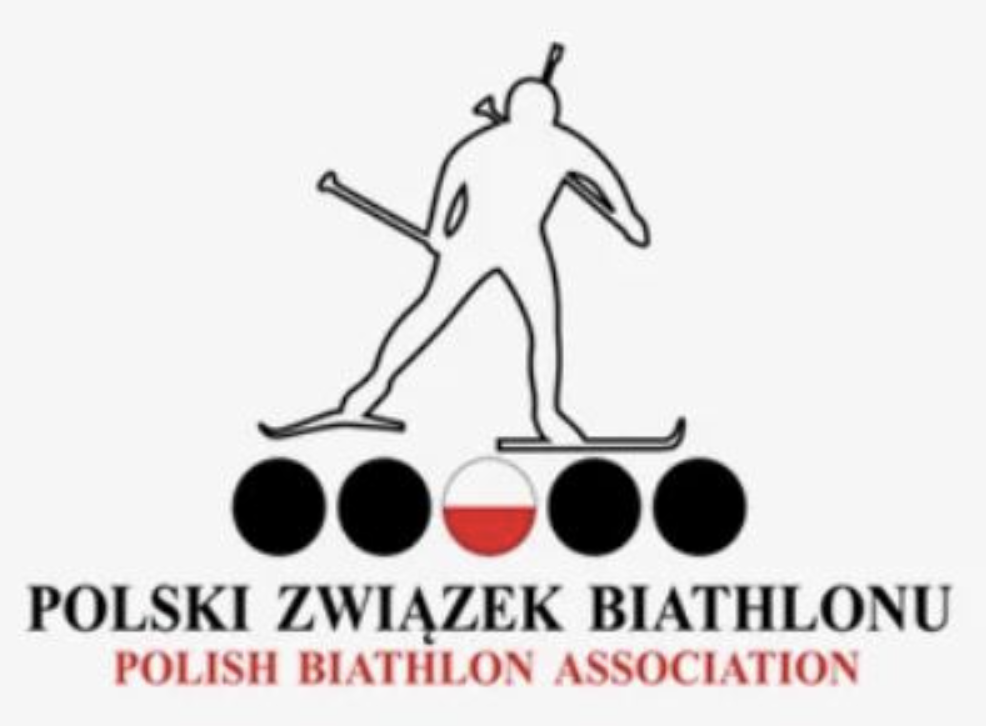On 14 November 2024, SIEPPUR hosted the third and last part of the Snow-How Webinar series.
During this session dedicated to ‘Snow Grooming and Handling’, experts shared the science behind the preparation of snow or ‘snow handling’.
The objectives of snow preparation are to ensure the safest and fairest possible conditions for all snow sport competitors through strengthening the snow to an optimum via methods such as watering or salting. Sustainable snow handling practices seek to minimize the environmental impact on the surrounding flora and fauna or bodies of water and optimize resource use.
Some of the methods shared included the development of a snow hardener use plan and protocol as well as the types of distribution tools used. For snow handling, consideration was made of sun cover shields to avoid snow melting on course sections that are heavily exposed to the sun. By temporarily covering sections that are heavily exposed to the sun, melting is reduced with it important that the cover is removed as soon as sun exposure is weak enough, to facilitate refreezing of the snow. Further methods were shared such as:
- excavator use for compressing snow
- use of ground insulation
- covering of snow-free banks or walls next to the course
Video summary of the Third Webinar
On 28 October, SIEPPUR hosted the second part of the Snow-How Webinar Series, dedicated to practical knowledge about Snow Production and Snow Transport.
The capability to produce snow is a requirement for any licensed IBU biathlon venue today and the aim is to turn as much water as possible into good quality snow while consuming the least amount of energy possible.
Sustainable snow transportation practices should minimize the cost, resource use and logistical efforts required, while reducing and/or limiting the climate impact of the machinery and equipment used through minimization of CO2 emissions.
Video summary of the Second Webinar
The first part of the Webinar Series took place on 30 September, SIEPPUR and focused on Snow Storage, also called snow farming. It entailed preserving a quantity of snow, natural or man-made, available at a ski center towards the end of the winter season over the warm summer months. To minimize melting during the summer, the snow that is stored must be covered for thermal insulation purposes.
Video summary of the First Webinar
To view all videos of the webinars see: SIEPPUR Sustainable Snow-How – YouTube










